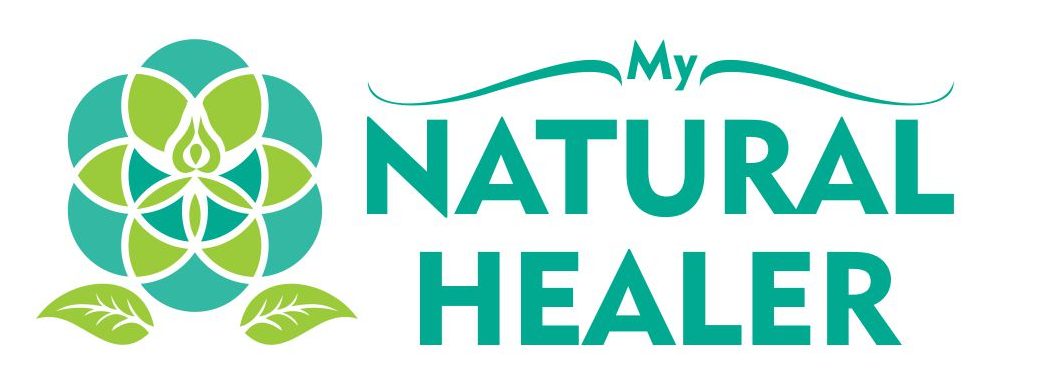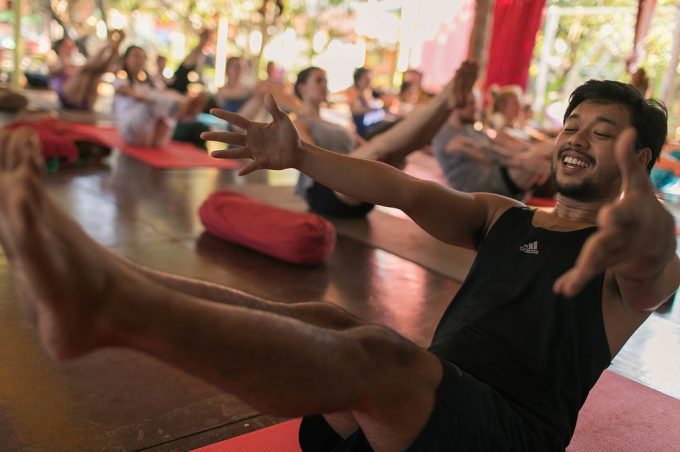What is Yin Yoga? What are the benefits of Yin Yoga? And what are some Yin Yoga stretches? In a nutshell, Yin Yoga is a slow paced, passive practice, where postures are held for 3-5 minutes. A Yin Yoga practice focuses on relaxation and stillness to achieve a deeper stretch into the connective tissues of the body – ligaments, tendons, and fascia – and the participant comes into an almost meditative state of being. Yin Yoga practice encourages us to connect deep with our bodies and cultivate internal awareness to observe the flow of energy as we rest in stillness. This practice invigorates the energy channels (or nadis) and removes any blockages which can leave us feeling both incredibly relaxed, and give us a boost of energy.
The benefits of Yin Yoga are a many. Yin Yoga encourages us to become introspective, invigorates our energetic body and increases the flow of qi or prana, relaxes the mind, and reduces stress. On a physical level, Yin Yoga benefits us because Yin Yoga stretches deep into our connective tissues, enables a greater range of movement and elasticity in our body, increases our flexibility, and improves circulation. Yin Yoga teaches you how to observe the fluctuations of the mind, allowing any feelings to rise up without identifying with them. You are simply encouraged to feel sensation and tune into your body. In essence, anyone can benefit from Yin Yoga.
So, what is a Yin Yoga stretch? And how do they differ from Yang Yoga stretches? A good example is Caterpillar for Yin, Paschimottanasana for Yang. Both have you sat on the floor, with both legs extended out in front of you. For Yin Yoga, we want to focus on relaxation, so we allow a natural round in the spine as we relax the head down toward the knees – instead of focusing on length in the spine and engaging the muscles of the legs as we would with Yang. Another example is Butterfly for Yin, which is in effect a relaxed version of Baddha Konasana for Yang.
Some tips before you try Yin Yoga… Focus on your breathing; it will help you to relax and stay present with the sensations in your body. Find your edge of comfort; don’t push yourself too hard, or lunge too deeply into a pose and cause yourself pain, but make sure you’re not entirely comfortable and, as new space is created, relax into it. Stillness; try not to fidget and shuffle about, move only to relax yourself deeper into a Yin Yoga stretch, or if you need to bring yourself slightly out of a stretch. One of the benefits of Yin Yoga is this sense of internal awareness, so don’t worry about what any one else is doing, just close your eyes and focus on yourself. See if you can really tune into and visualize the energy moving through your body, listen to the cues from the teacher, and, as always, stay present and enjoy.
For more information: https://www.krantiyoga.com/200-Hour-Yin-Yoga-and-Vinyasa-Flow.html




